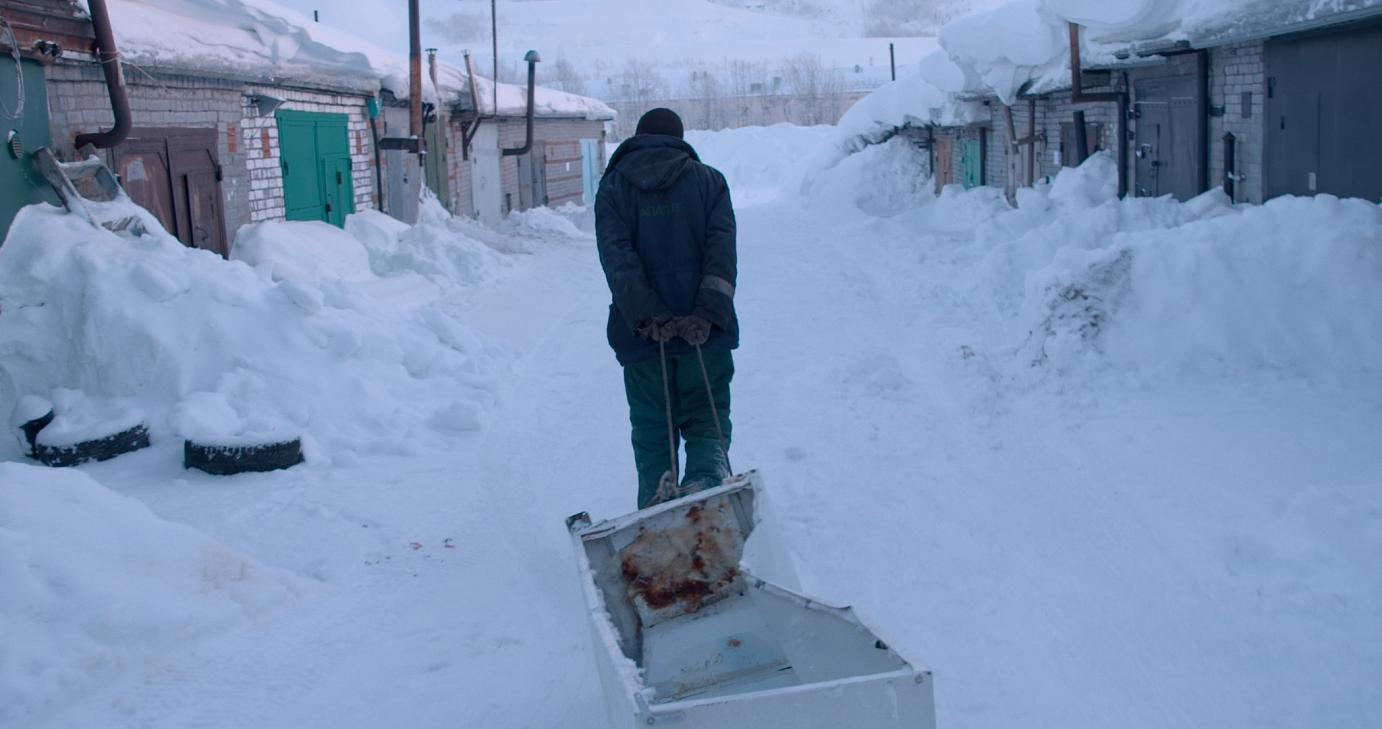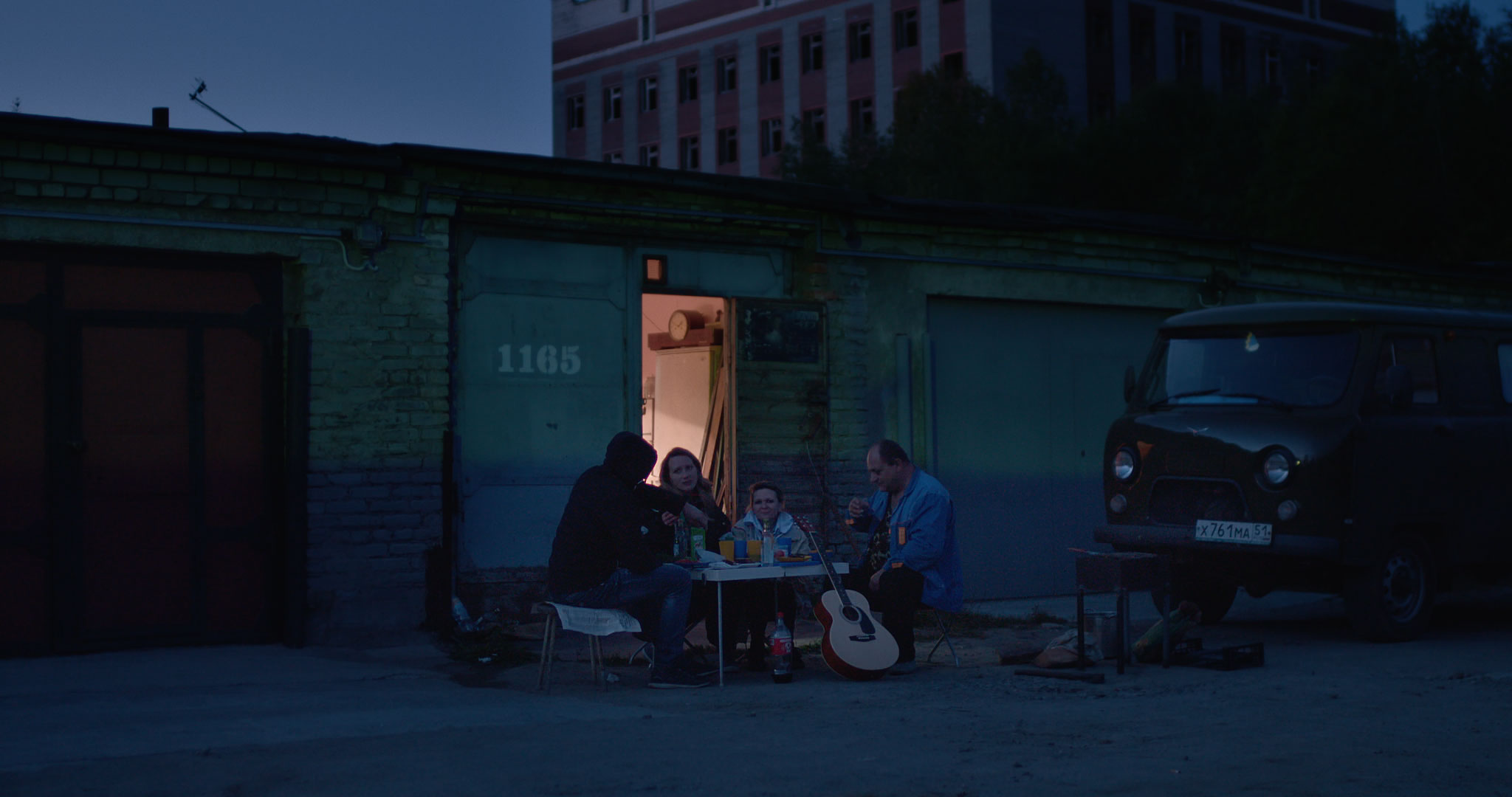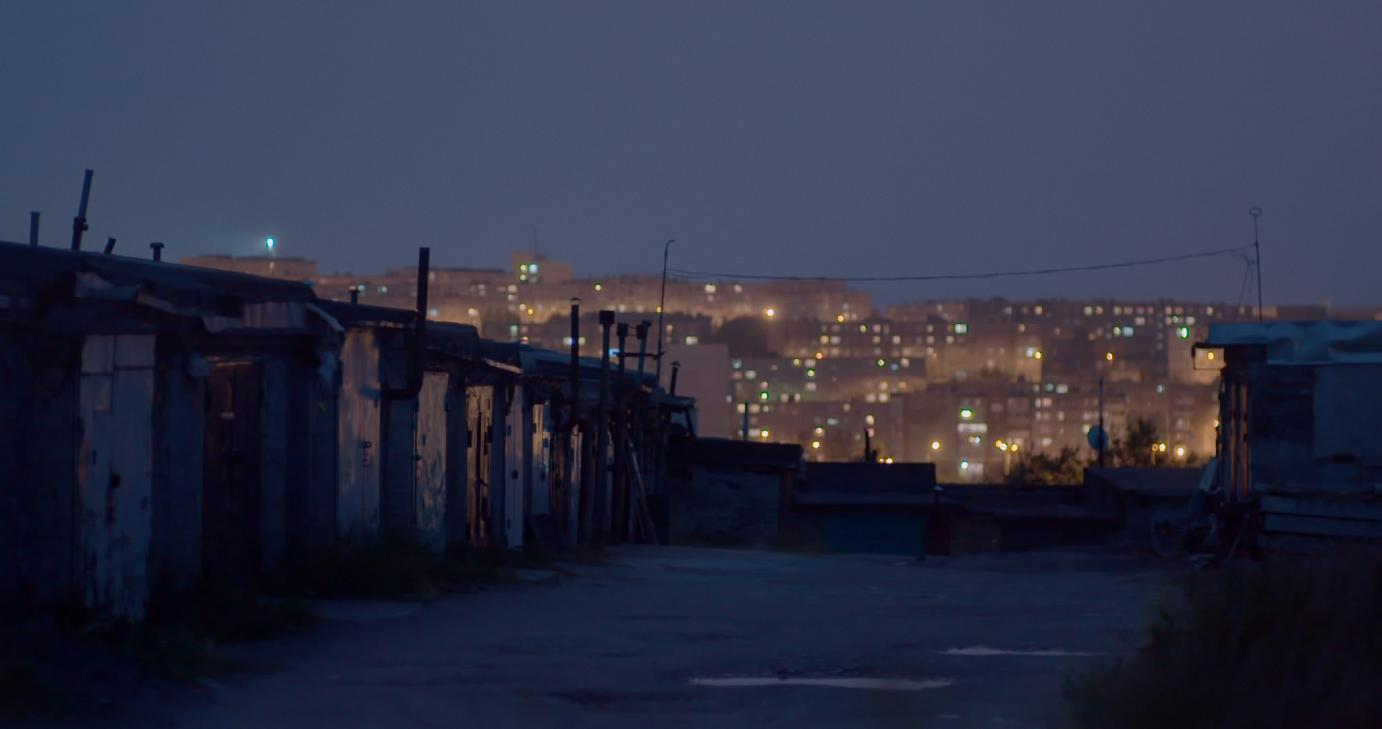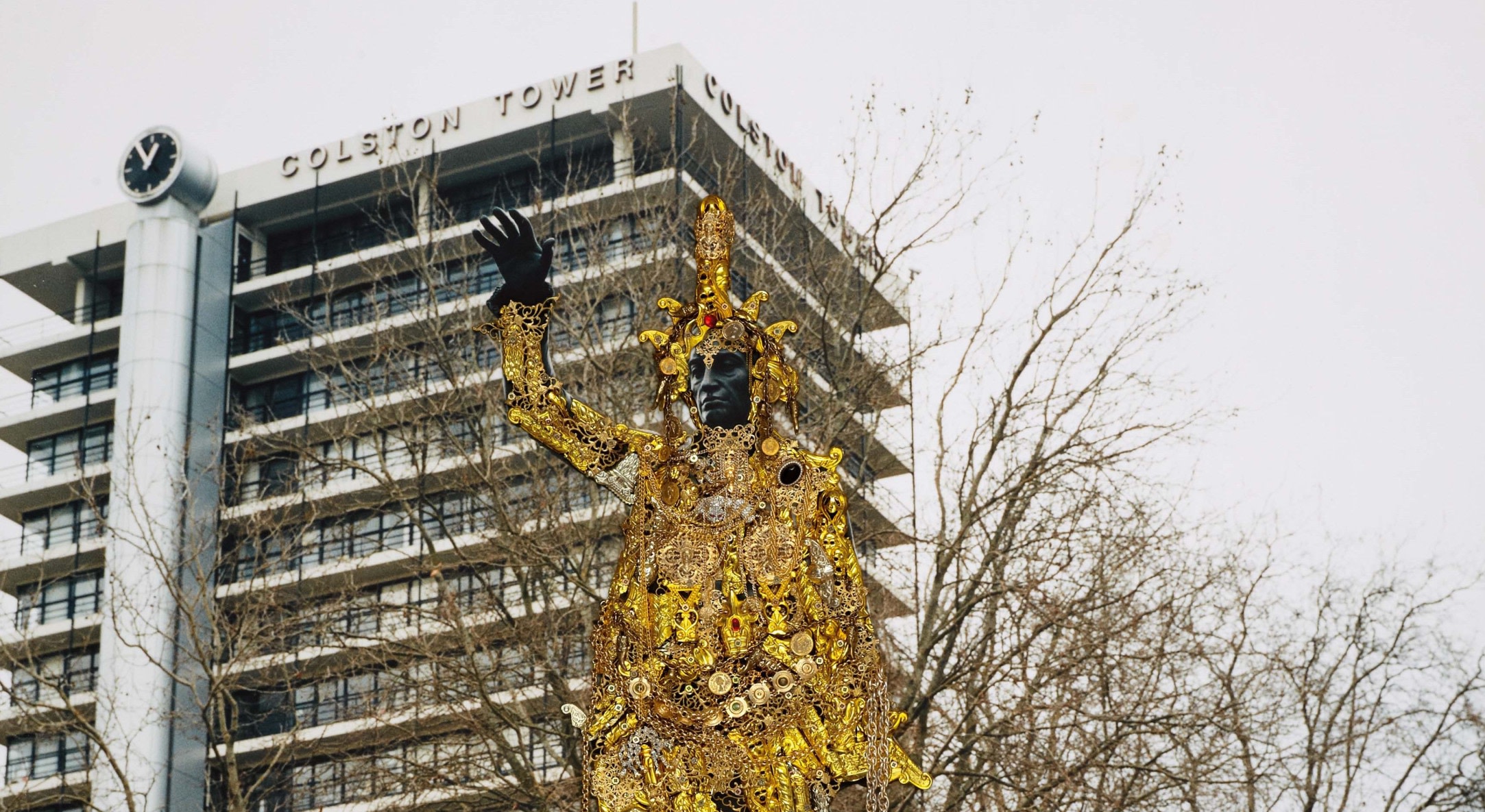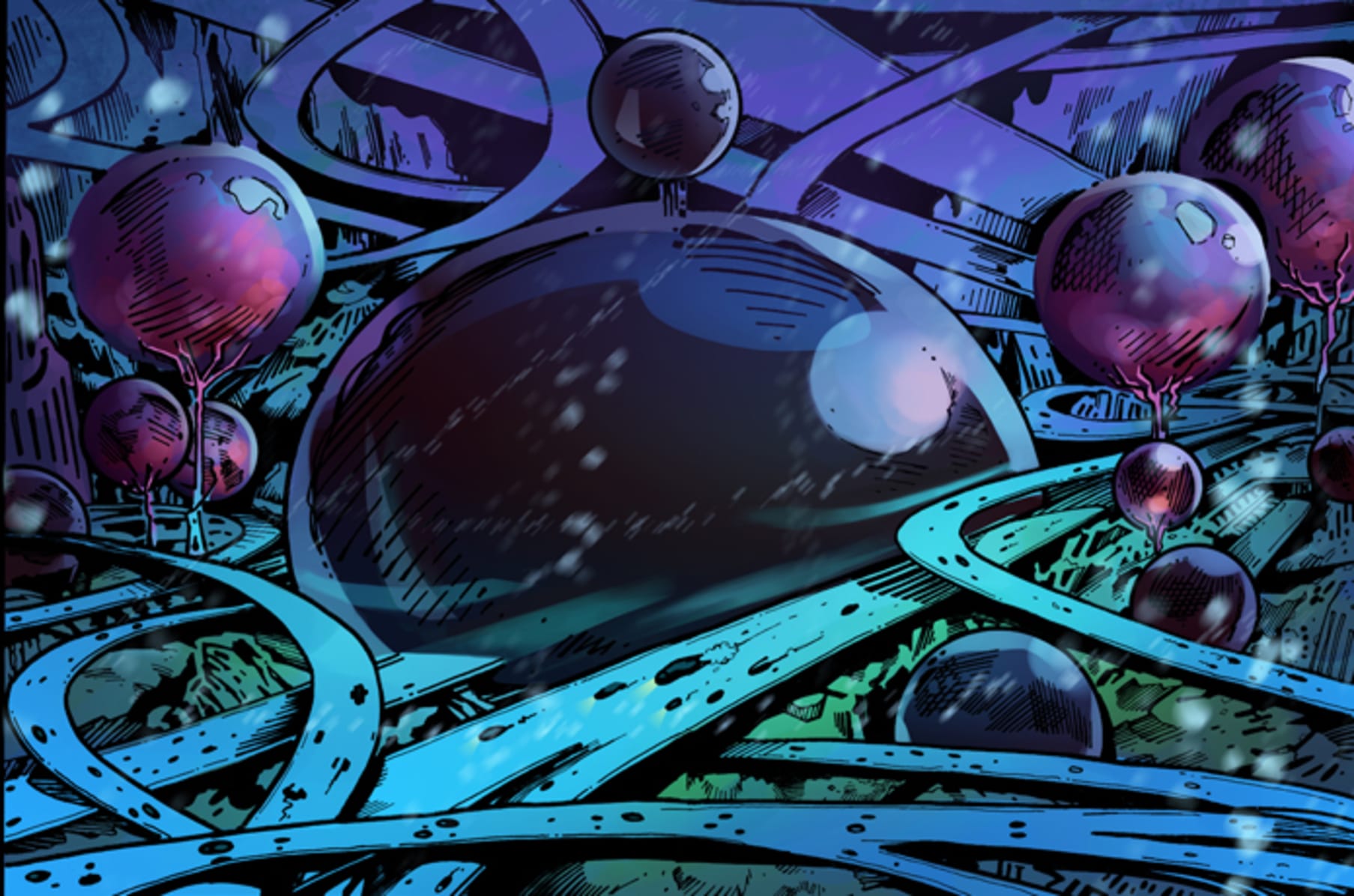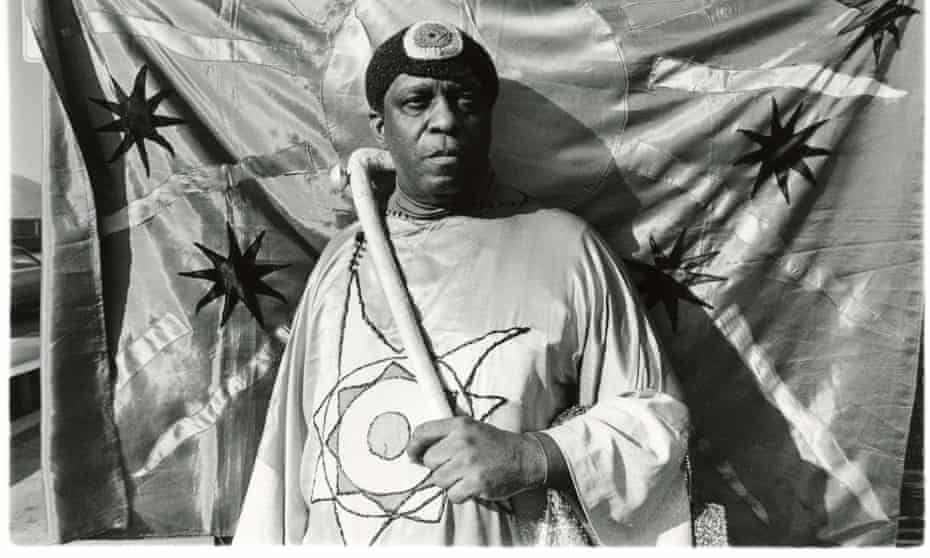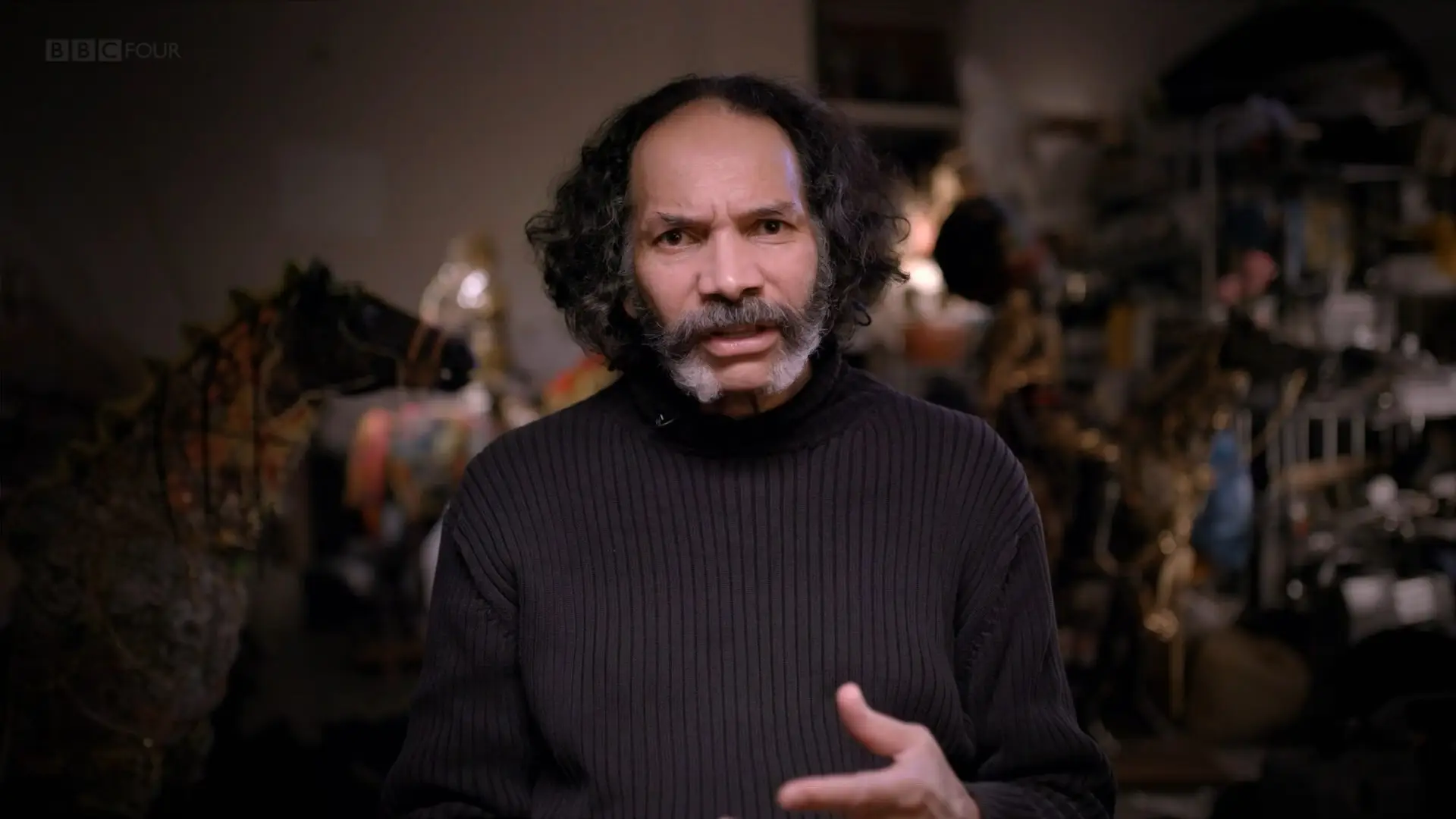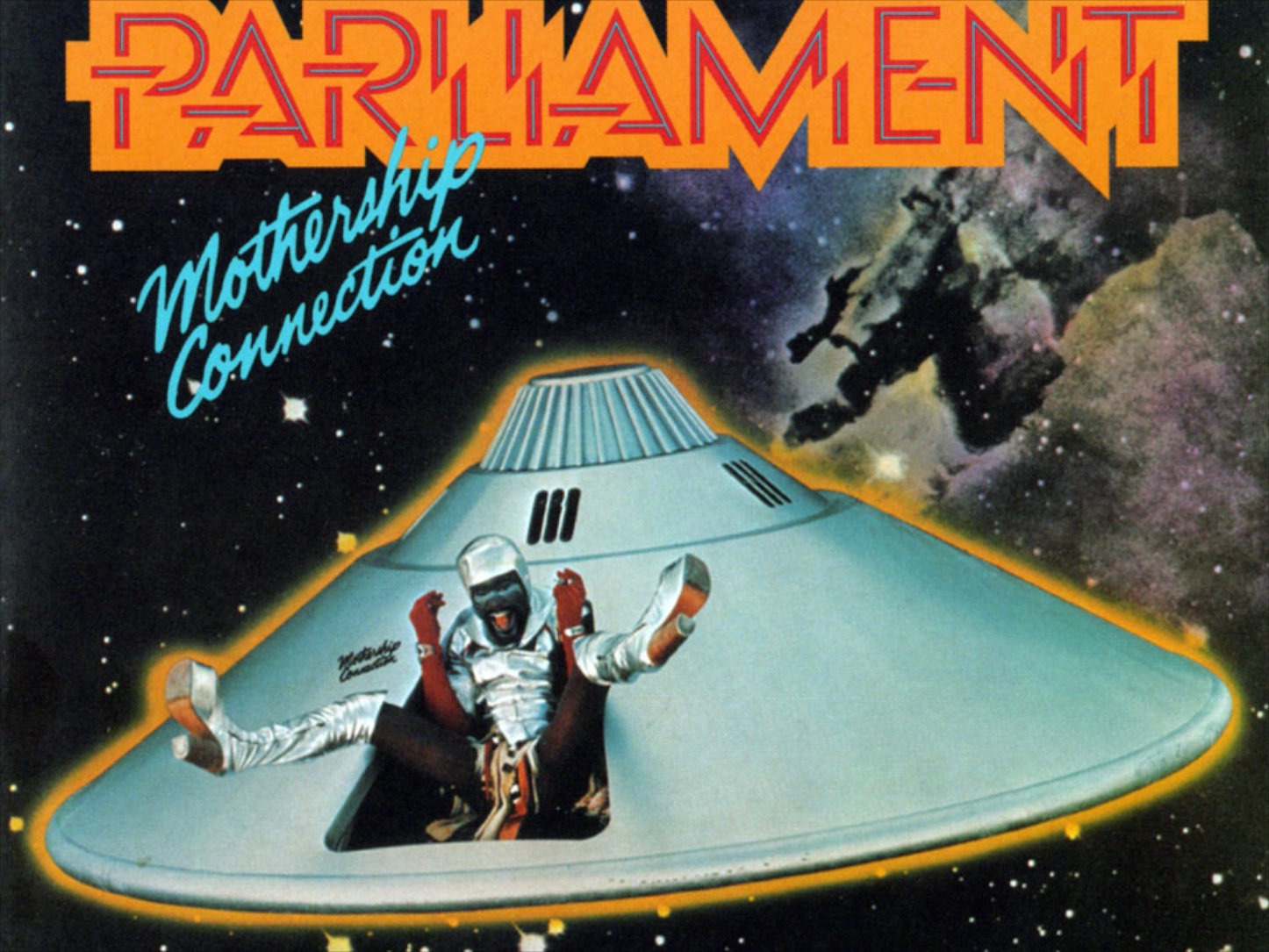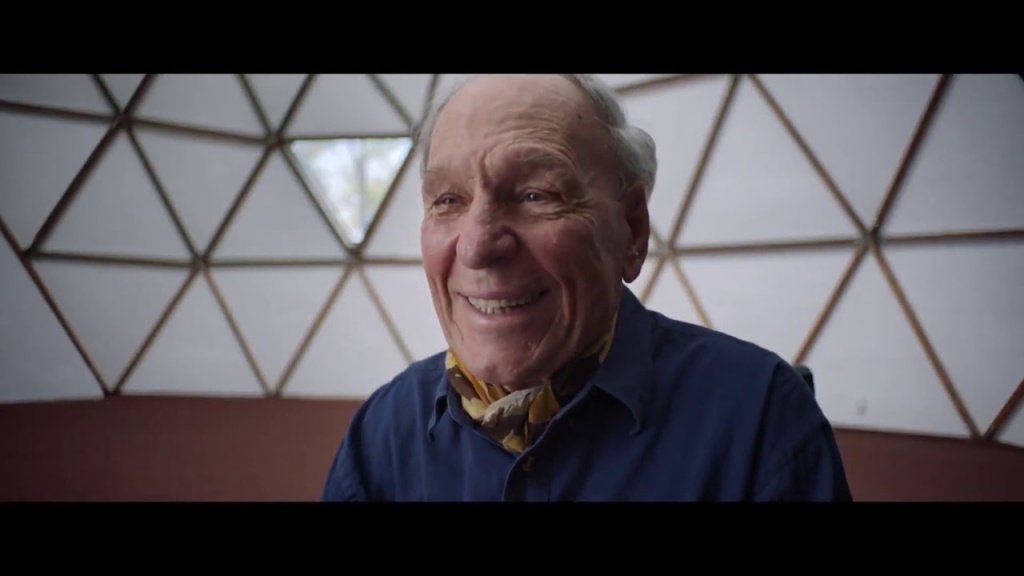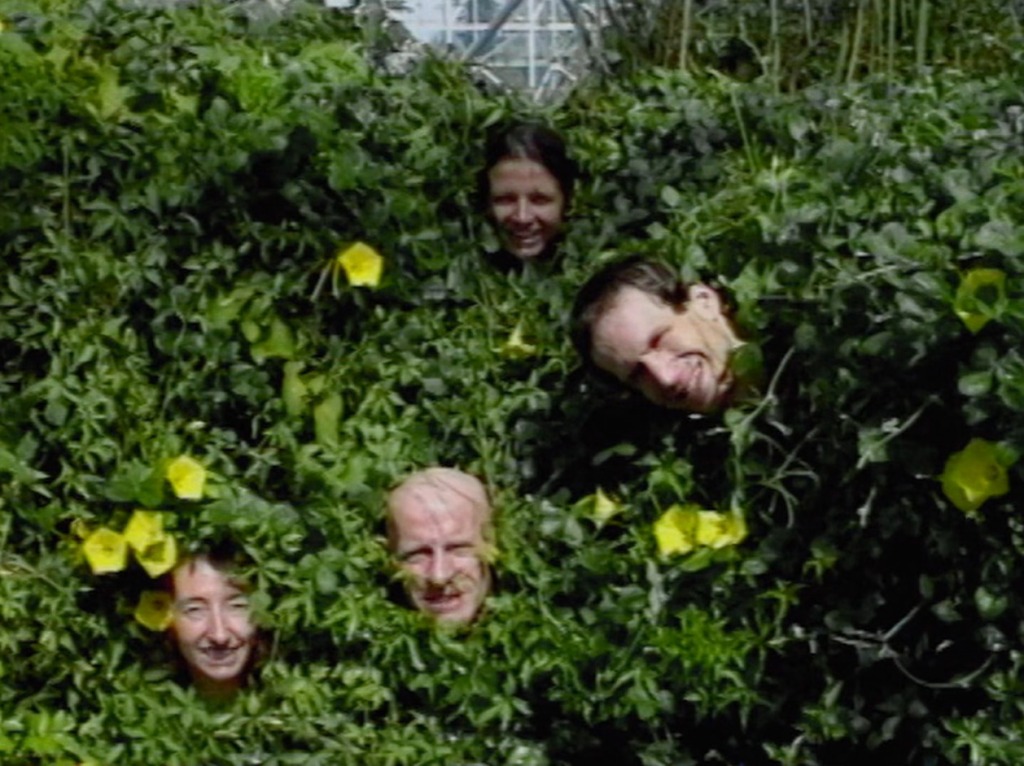timespace coordinates: early 21st c polar Russia

“In Russia’s north [NB city of Murmansk, Kola Peninsula], garages stretch out into endlessness. Behind rusty doors everything can be found, except cars. They are the refuge of the Russian man, the vanishing point out of bleak daily life and a signal of hope for big dreams.”(idmb)
For a short time, ARTE channel offers a shortened (51 min), I guess one could say TV version of the feature-length (1:44) documentary directed by Ukrainian filmmaker Natalija Yefimkina.
In the German text description of Natalija Yefimkina’s documentary this retreat of the Russian man into the space of the garage – exemplifies escapism both from the hard capitalist realities of the post-Soviet life functions as a sort of parallel universe, a paradisiac insular living. I want to add more to this and give it a different direction since what I feel this missed is the entire 1989 history, one that is either forgotten or misunderstood. I want to add that more importantly than the above the garage is liminal space, multiplying in btw workshop, kitchens space, bar, sauna etc – it is also a strange secular space (even if used as an ikon carving atelier and ikons commissioned by local priests as present to the factory managers). It is really an incredible window into live that live amongst some of the most incredible stark landscapes one can imagine, almost like on another planet (think of Ridley Scott’s Prometheus exoplanet).
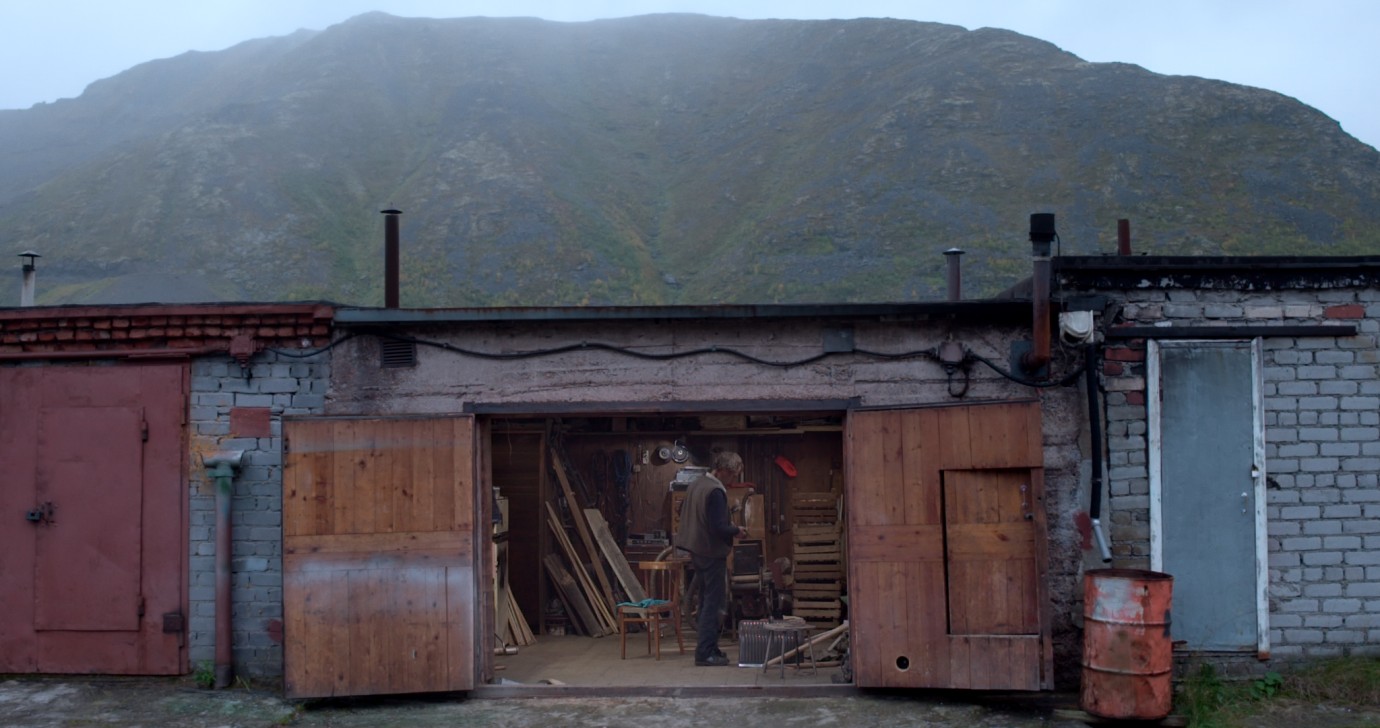
The Garage has nourished the small illicit pleasures, giving satisfaction in an improvisational way that does not depend on outside resources or commercial infrastructure (not say infrastructure of any kind other than the one remained from the Soviet investment in affordable living). The infrastructure that exists is one of mutual help, without ableism and ageism and feeling of being needed and helping others even when one is not able to help oneself.
These are the efforts of a different kind of survivalist than the Western (or US Hollywood movie cinematic or YT channel) preppers, the preppers that prepare in the US against the destruction of their way of living or live under the scare of Big Government or even (ridiculous!) fear of exactly some form of Red Scare(Red Storm 2019 is very real for the crazed alt right), socialist takeover (?!) and now they see themselves vindicated by atomic attack threats. These are not the libertarian gun activist that bunker up, stockpile provisions and hamster guns. These ex-Soviet survivors in Russia (and all over the east, be it Romania or Ukraine) are the survivors of a world in perpetual “transition” a transition they are not in control of. The broken or at least ruined and traumatised bodies and hands of men that have survived both the extractive industries and the sell-out of these industries to bigger conglomerates and monopoly consolidation.
We see in them in a sense a versus to the more familiar Midwestern US working class from the “rust belt”, on the other side of the planet, the Trump voters and “basket of deplorables”. Languishing in this ex-Soviet post-workerist milieu of great polar mining towns, are people who made it through the biggest expropriation and wealth transfer in recent history (similar to the enclosure of the commons or colonial exploitation). When we look into these pauperized yet lively garages we actually see the outgrowth of a harsh reality that came out of 1990s shock therapy and the disappearance of both the Soviet Union, public places and public services.
I don’t want to riff idyllically on the anti-consumerist ethos here as if it is a life choice here – it is not, and it is like this out of necessity or out of desperation or skepticism, or need for having something to do during the long arctic nights, yet it is always there. It is not just escapism but also a permanent shelter. I have been discussing with Julia my partner – and who she felt this group of elderly men from Murmansk is so much different than the Piemont Italian truffle hunters (of roughly the same age group) or what unites them (if).
Both of them somehow suffer under increasing commercialism, the disappearance of what they are best at doing, yet there is also a huge gap btw them. This one is a very funny yet also very desperate, self-deprecating, bleak, darkly humorous, and utterly absurd universe – though the more previous the fragile friendship that seems to exist on the borders of the world, at the end of post-industrial civilization, on the brink of junkyards and garbage dumps.
These cobbled up mutual social webs of inter-dependencies (as in repairing, soldering, and mending) – are marked by impossible projects, deaths and illness under harsh conditions. Yes, this may be a self-made world of decrepit individualism & vodka consumerism (even pole dancing – in one scene), yet they exist in the face of stark post-1989 inequalities, were playing with the idea of suicide or death (no matter how terminal might seem), offers some form of respite.
I also enjoyed their insider discussions and self-deprecating thoughts – their own self-reflexive positioning about their own ‘garage’ existence and artistic marginality or even about a Putin picture or foreign cars and brands. All these constitute materials and facets of a material culture that is very much alive. I like the way they distinguish the Russian or ex-Soviet garage life from the garage mythology of the US Silicon Valley entrepreneurs (be it Steven Jobs, Bill Gates or Google founders).
There is no start-up from the garage into the unlimited growth, growing out of the garage into the corporation, but a rather what I would call a start-down, the looking down the hole, the certitude that you can dig only below your garage not up, since it is just a step from garage people to mole people (like in one of the protagonists that dug up single-handedly 5 levels under his garage and left this bizarre subterranean space to his grandson).
I think Natalija Yefimkina manage to open up these garage doors with incredible sincerity, in a serene, humorous way, a caring and non-judgmental way, the same way these people have invited her (and the film crew) into their shelter livelihoods.
Here you can watch (in various languages) a shortened version of her documentary

